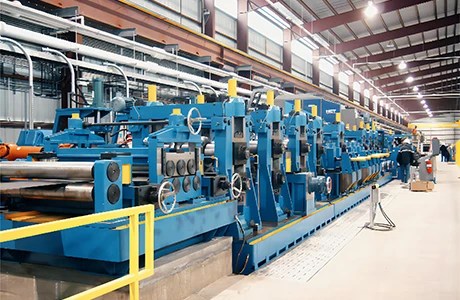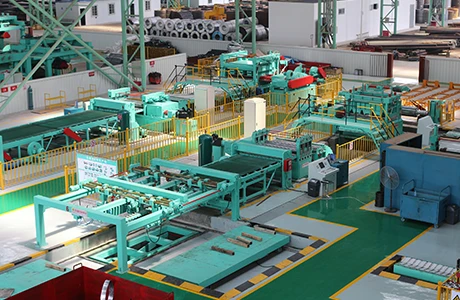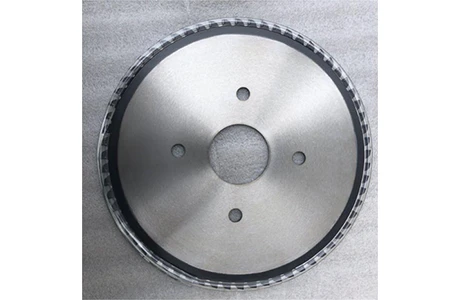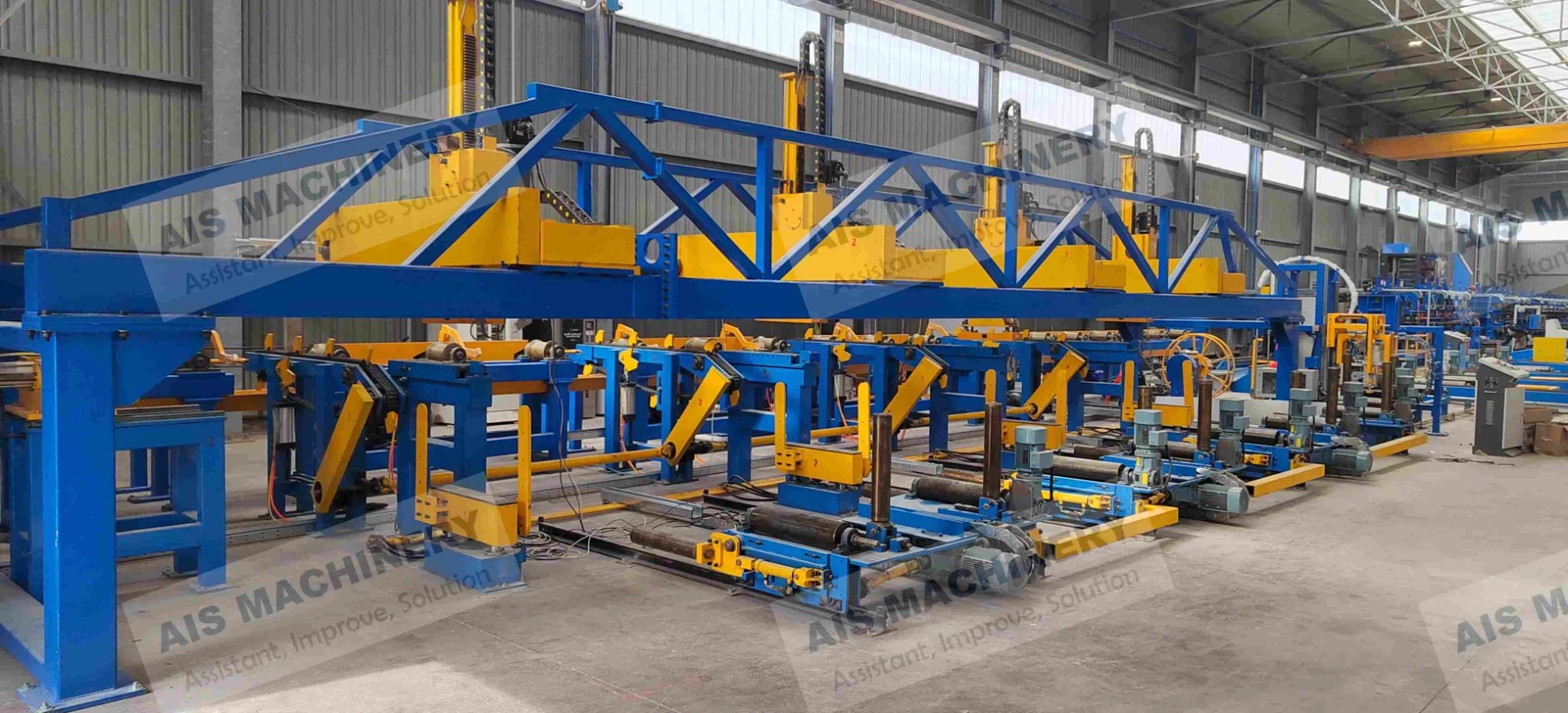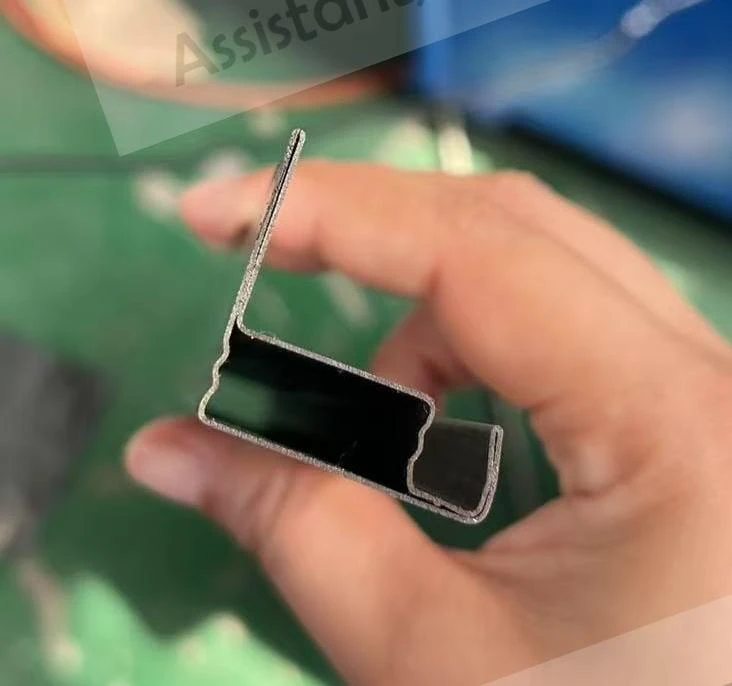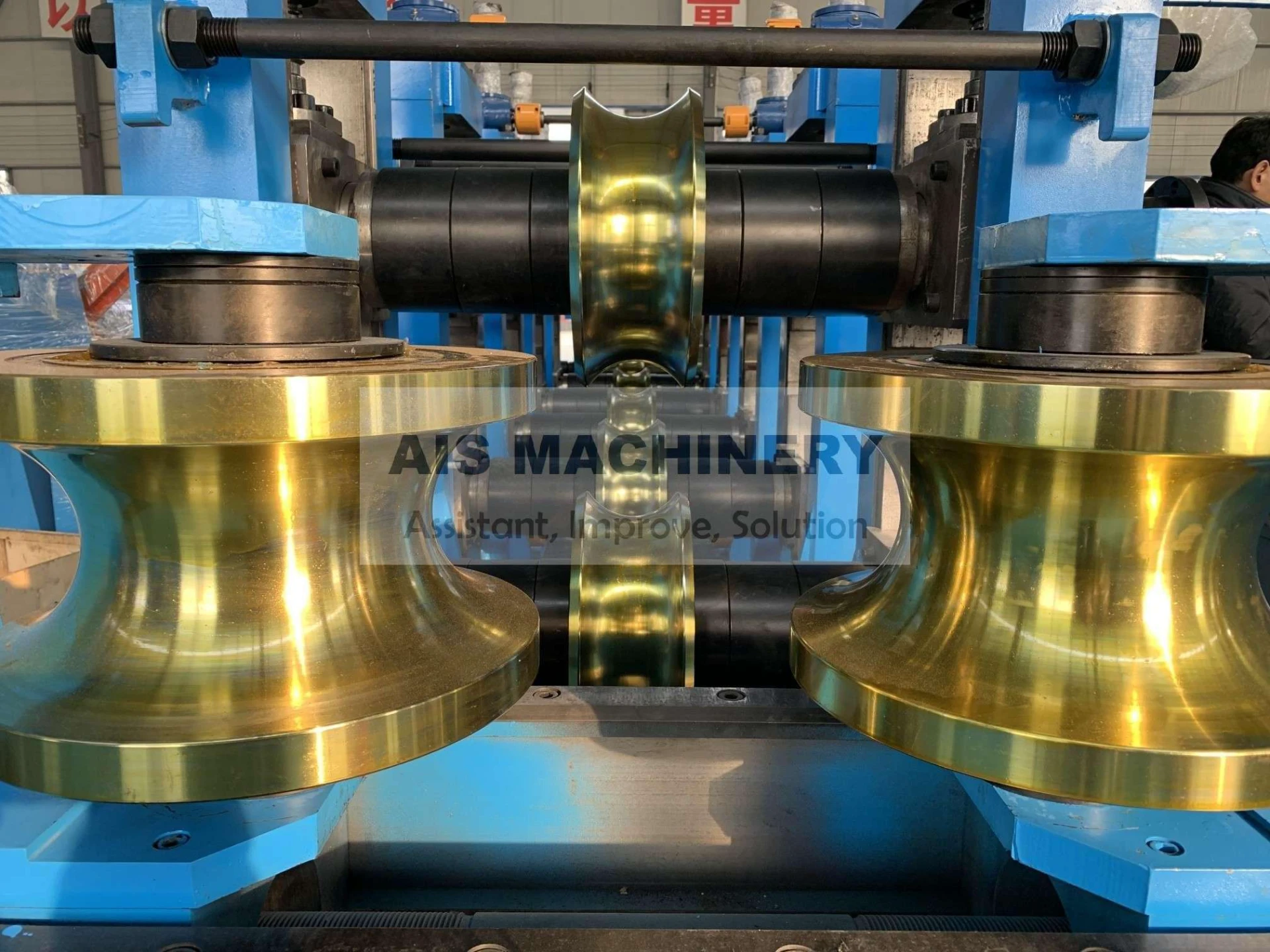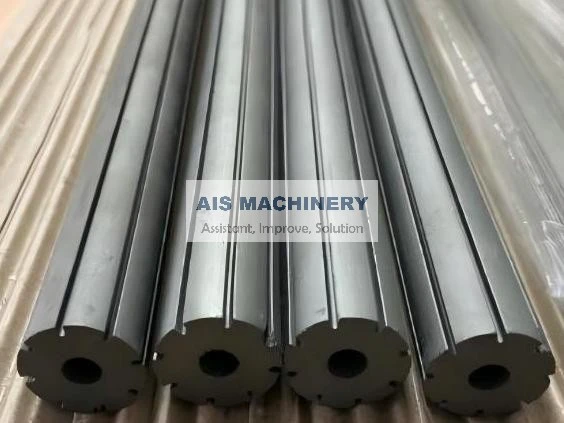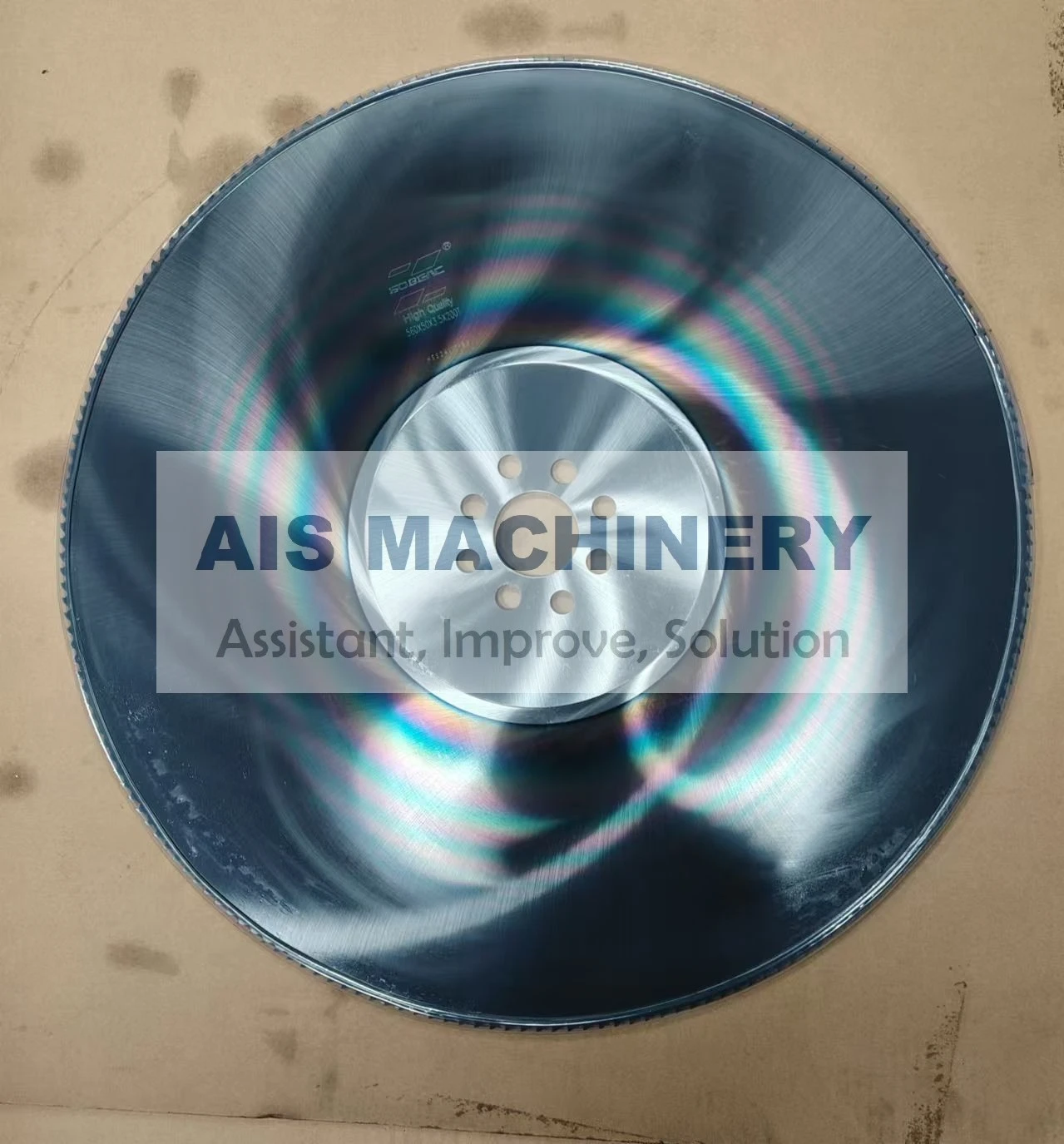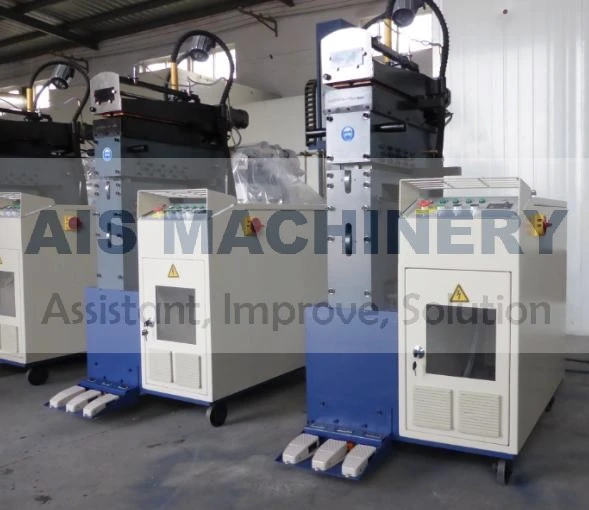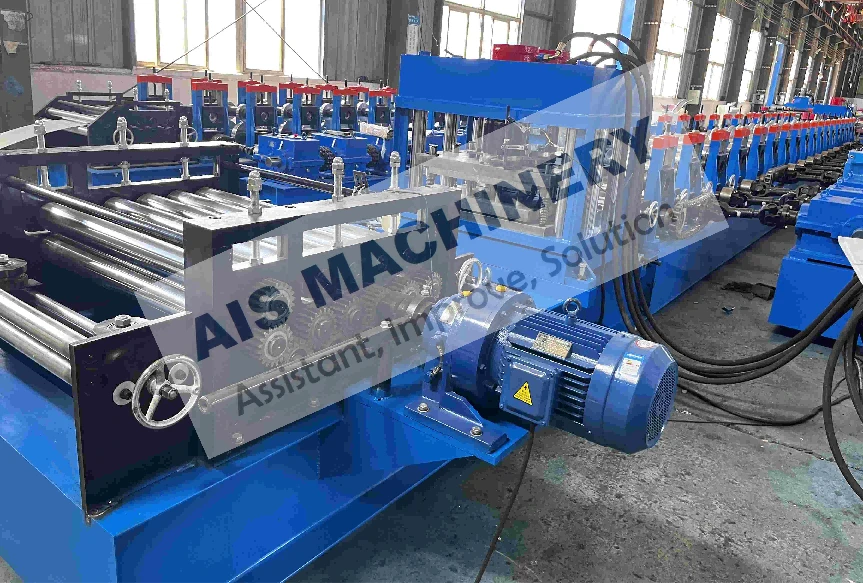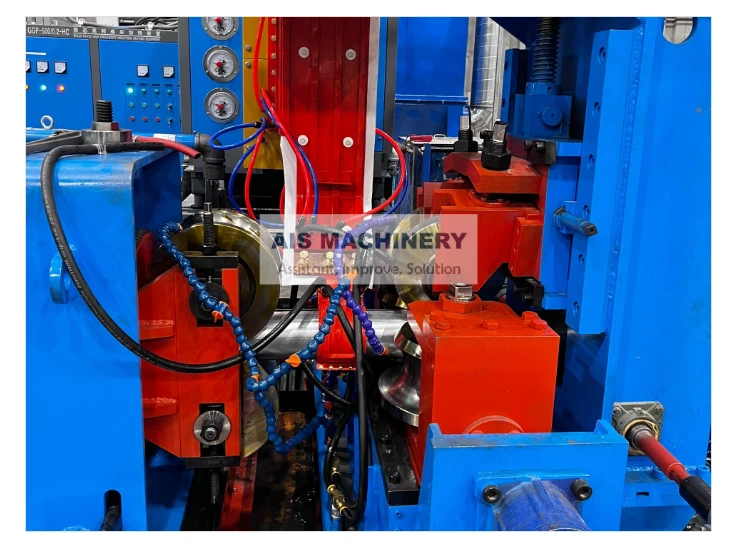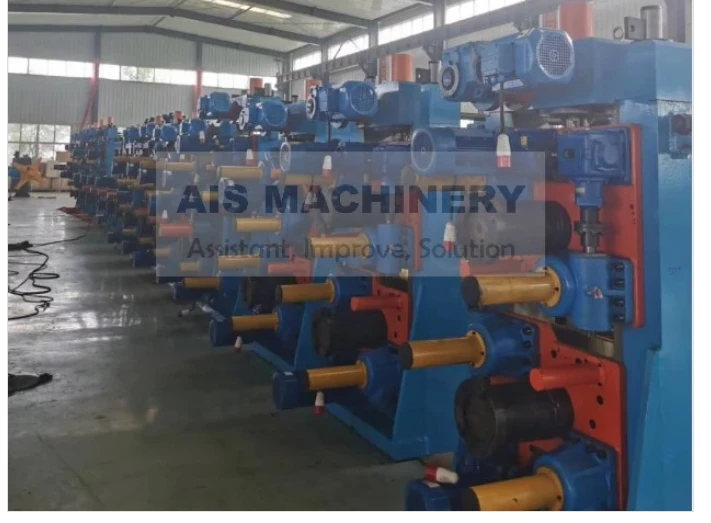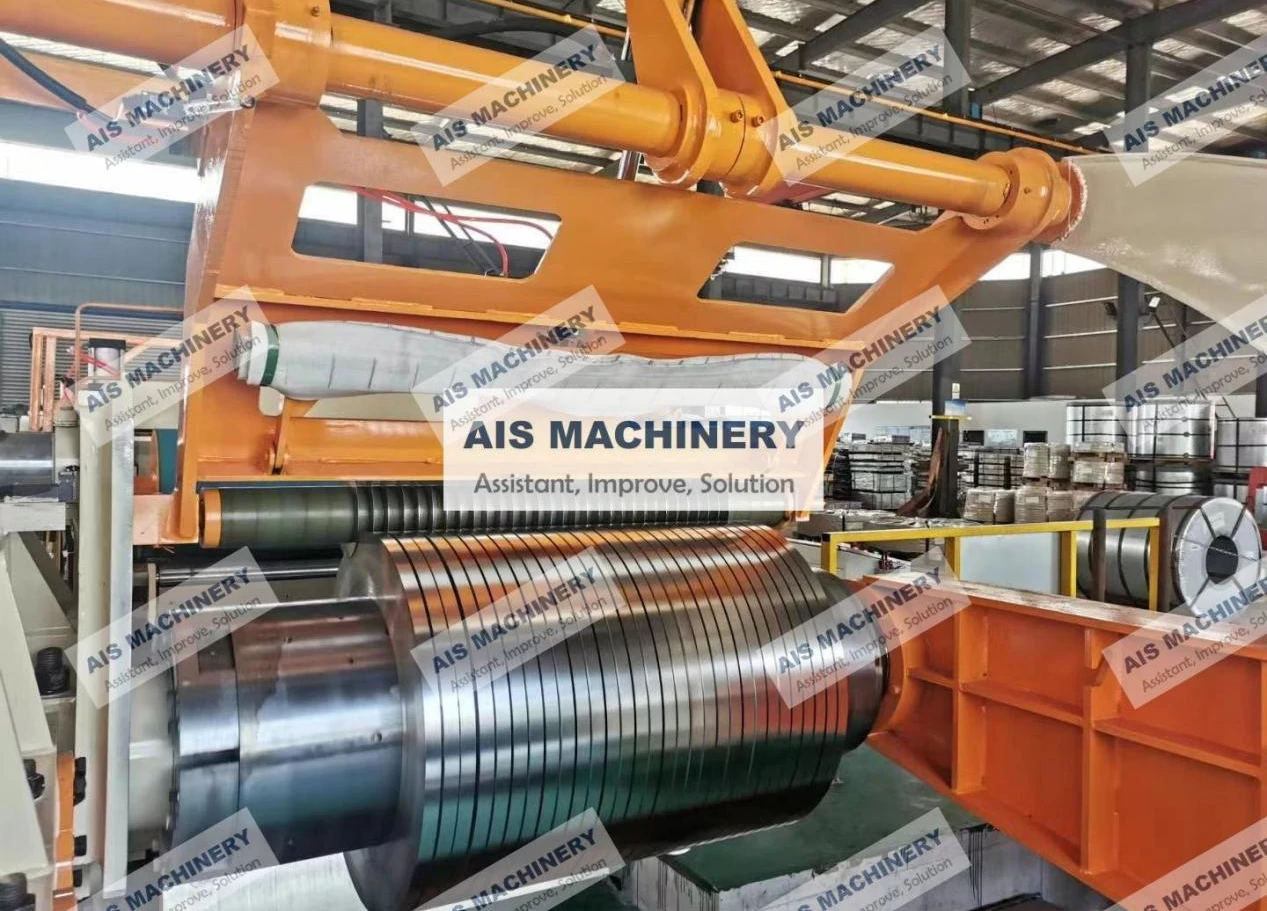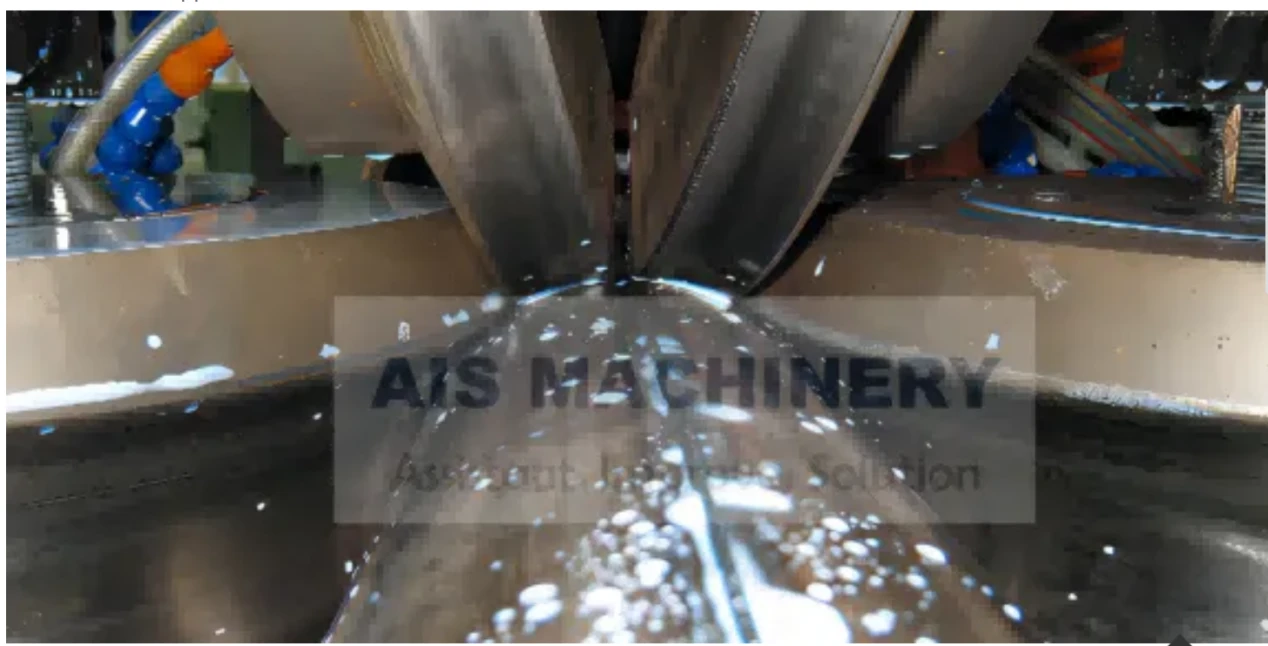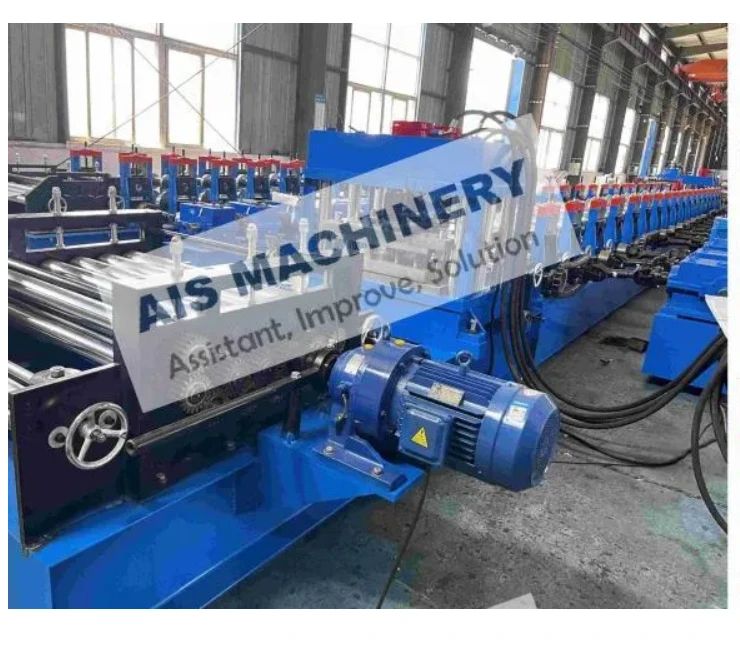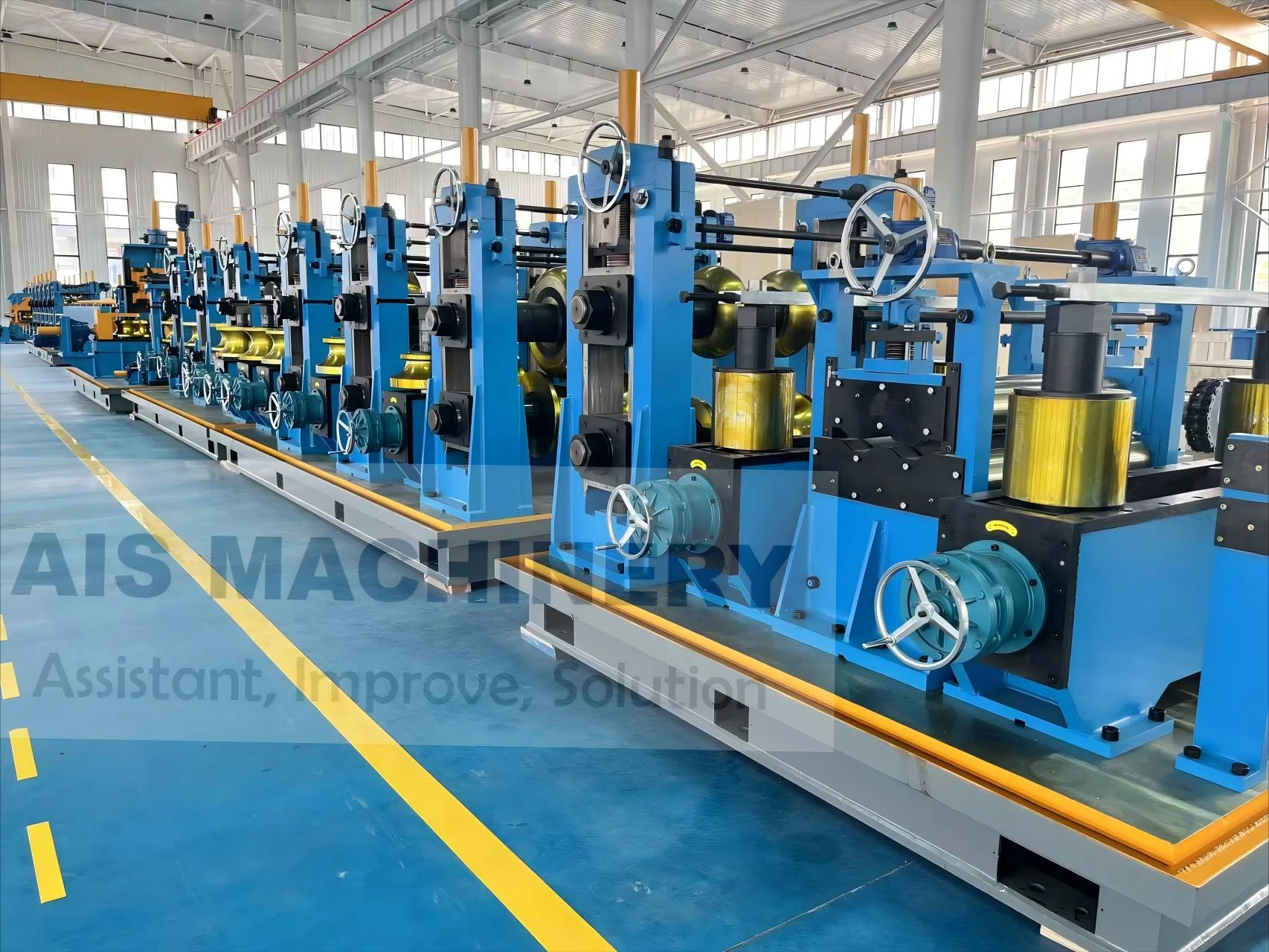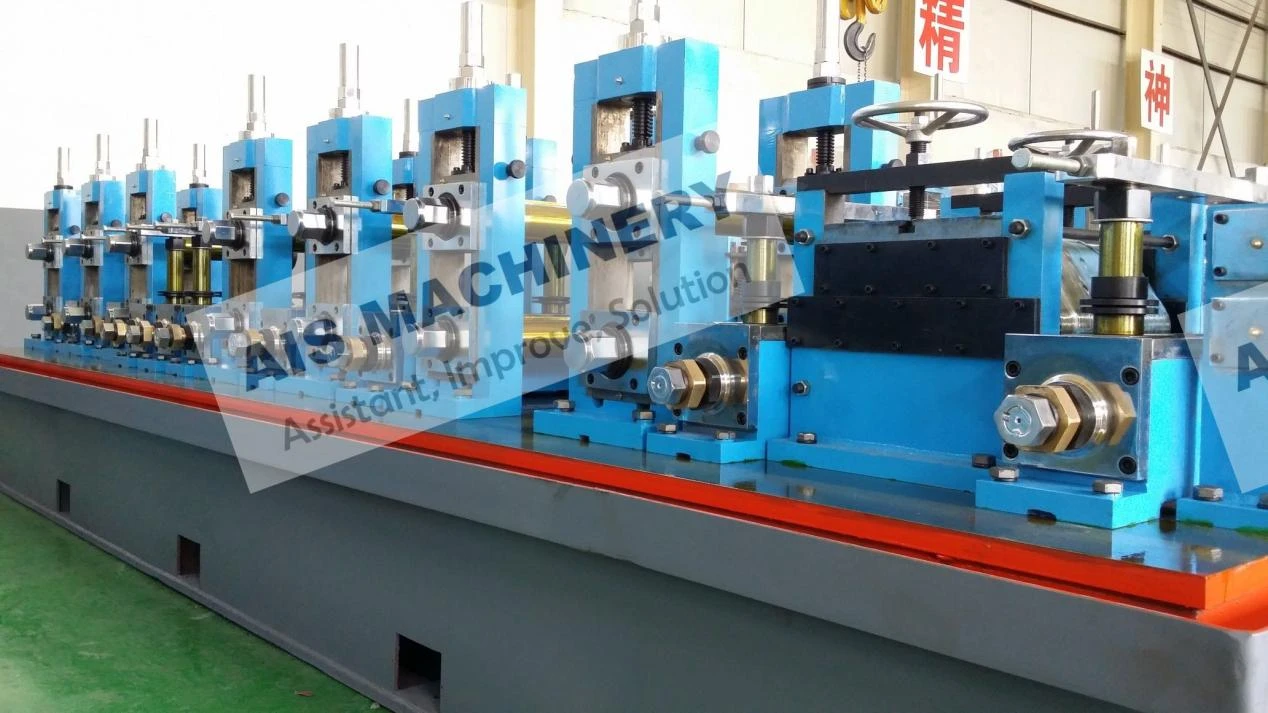-
 Tel:86-15176910262
Tel:86-15176910262
-

Search


Precision Eddy Current Tester for Reliable Flaw Detection
Aug . 16, 2025 08:00
Unveiling the Power of eddy current tester: A Cornerstone in Modern NDT
In the realm of Non-Destructive Testing (NDT), the eddy current tester stands as an indispensable tool, leveraging the principles of electromagnetic induction to detect surface and near-surface defects in conductive materials. This advanced non-contact inspection method has become paramount across various industrial sectors, offering unparalleled precision and efficiency in identifying flaws such as cracks, corrosion, wall thinning, and material property variations. The evolution of eddy current technology (ECT) has been driven by the increasing demands for reliability and safety in critical components, shifting from rudimentary analog devices to sophisticated digital eddy current instruments capable of complex signal processing and data visualization. Modern eddy current testing equipment not only provides real-time defect detection but also offers capabilities for material characterization, thickness measurement, and conductivity assessment. Its significance is particularly pronounced in industries where material integrity directly impacts operational safety and longevity, necessitating a highly reliable eddy current flaw detector to mitigate risks and ensure compliance with stringent quality standards. The ability of ECT to penetrate through coatings and layers without requiring direct contact or extensive surface preparation contributes significantly to its cost-effectiveness and operational flexibility, making it a preferred choice over many traditional NDT methods for a wide array of industrial applications.
The current industry trends for eddy current inspection are marked by a strong emphasis on automation, integration with robotic systems, and the development of multi-frequency capabilities to enhance sensitivity and depth penetration. There is also a growing push towards miniaturization of probes and sensors, allowing access to previously inaccessible areas, alongside advancements in software for more intuitive data interpretation and predictive analytics. For instance, the integration of artificial intelligence (AI) and machine learning (ML) algorithms is revolutionizing the interpretation of complex eddy current signals, enabling faster and more accurate defect classification, reducing human error, and optimizing inspection processes. This allows for proactive maintenance strategies, minimizing downtime and extending the lifespan of critical assets. The demand for robust eddy current instruments that can withstand harsh industrial environments, deliver consistent performance, and offer comprehensive data logging capabilities is at an all-time high. Manufacturers are now focusing on user-friendly interfaces, modular designs, and remote monitoring features to cater to the evolving needs of the industrial landscape, ensuring that the eddy current tester remains at the forefront of NDT innovation, supporting sectors from aerospace to oil and gas in their pursuit of uncompromised quality and safety standards.
Manufacturing Excellence: The Genesis of a Reliable Eddy Current Tester
The creation of a high-performance eddy current tester, specifically our advanced `eddy current machine`, involves a meticulous manufacturing process that prioritizes precision, material integrity, and adherence to global quality standards. The journey begins with the selection of premium-grade raw materials, typically high-purity copper for coils to ensure optimal conductivity, and robust engineering plastics or aerospace-grade aluminum for the probe housings to guarantee durability and minimal interference. The core manufacturing processes include precision CNC machining for creating intricate probe geometries and housing components, ensuring tight tolerances for consistent performance. For specialized applications, some components may undergo advanced manufacturing techniques like investment casting or forging to achieve superior mechanical properties and structural integrity, particularly for probes designed for extreme temperatures or pressures. After initial fabrication, components undergo rigorous cleaning and surface treatment to eliminate contaminants and prepare them for assembly. The winding of the eddy current coils is a critical step, often performed with automated winding machines to ensure uniform turns and insulation, which directly impacts the sensitivity and signal-to-noise ratio of the eddy current flaw detector. Every stage is governed by strict quality control protocols, including material analysis, dimensional checks, and electrical tests.
Post-assembly, each `eddy current machine` undergoes a comprehensive series of in-house performance verification tests, simulating real-world operating conditions. These tests evaluate parameters such as frequency range accuracy, lift-off compensation capabilities, defect detection sensitivity, and stability across varying temperatures. Adherence to international standards like ISO 9001 for quality management systems and specific NDT standards such as ASTM E309 and ASTM E426 for eddy current testing equipment ensures the reliability and repeatability of our instruments. Our products are engineered for an extended usage lifespan, typically exceeding 10-15 years with proper maintenance, thanks to robust design and high-quality components. Our eddy current instruments are particularly well-suited for demanding industries such as petrochemical (pipeline inspection, heat exchanger tubes), metallurgy (bar, wire, tube inspection for surface defects), and water supply/drainage (corrosion detection in critical infrastructure). In these typical application scenarios, the advantages are profound: our systems contribute to significant energy savings by minimizing the need for destructive testing and enabling predictive maintenance, and offer superior corrosion detection capabilities, preventing catastrophic failures and ensuring the long-term integrity of critical assets. This meticulous approach from raw material to final product ensures that our eddy current tester delivers unmatched performance and reliability.
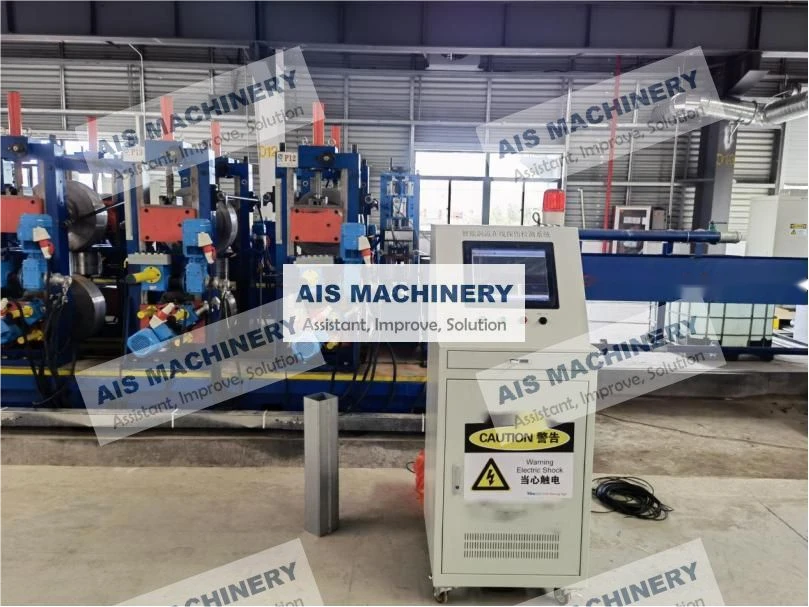
Technical Specifications and Performance Metrics of Advanced Eddy Current Testers
Understanding the technical parameters of an eddy current tester is crucial for selecting the appropriate eddy current testing equipment for specific industrial applications. Key parameters define the instrument's capabilities, accuracy, and versatility. For instance, the operating frequency range, typically from 100 Hz to several MHz, directly influences the penetration depth and sensitivity to different defect types. Lower frequencies penetrate deeper but are less sensitive to fine surface cracks, while higher frequencies excel at detecting minute surface flaws. Signal-to-noise ratio (SNR) is another critical metric, indicating the clarity of the defect signal against background noise; a higher SNR ensures more reliable detection. The number of channels, ranging from single to multi-channel configurations, determines the ability to inspect multiple areas simultaneously or use different probe types. Phase rotation and gain controls are essential for optimizing signal display and differentiating between various indications like defects, material changes, and lift-off variations. Advanced eddy current instruments often feature impedance plane analysis, allowing operators to visually interpret complex eddy current signals, which can distinguish between different types of flaws or material properties.
Our `eddy current machine` embodies cutting-edge eddy current technology (ECT), providing superior performance metrics detailed in the table below. This includes a broad frequency range allowing flexibility for diverse material inspection, high sensitivity to detect defects as small as 0.05mm, and excellent stability across a wide operating temperature range (-10°C to +50°C). The system's ability to automatically calibrate and compensate for lift-off variations significantly reduces inspection time and operator dependency, enhancing overall throughput. For eddy current flaw detector applications, the accuracy of crack detection is paramount. Our equipment delivers a proven 99.5% probability of detection (POD) for surface-breaking cracks down to specific sizes, validated through extensive lab testing and field applications. The intuitive user interface and advanced data logging capabilities ensure that operators can easily configure tests, monitor results, and generate comprehensive reports for compliance and auditing purposes. This level of technical sophistication ensures that our eddy current tester not only meets but often exceeds the demanding requirements of aerospace, automotive, energy, and general manufacturing sectors, providing reliable integrity assessments of critical components and structures.
| Parameter | Specification | Description / Significance |
|---|---|---|
| Frequency Range | 100 Hz - 10 MHz (Adjustable) | Determines penetration depth and sensitivity to defect types. Broad range offers versatility. |
| Number of Channels | 1-8 (Configurable) | Enables multi-probe inspection or simultaneous multi-frequency analysis. |
| Defect Sensitivity | Min. 0.05 mm (surface cracks) | Detects minute surface and near-surface flaws with high precision. |
| Probe Type Compatibility | Absolute, Differential, Reflection, Array | Supports various inspection requirements and geometries. |
| Scan Speed | Up to 5 m/s (dependent on application) | High throughput for inline production testing. |
| Lift-off Compensation | Automatic digital compensation | Minimizes influence of probe distance variations on signal. |
| Connectivity | USB, Ethernet, Digital I/O, Remote Control | Seamless integration into automated inspection lines and data networks. |
| Operating Temperature | -10°C to +50°C | Ensures reliable operation in diverse industrial environments. |
Versatile Applications and Industry-Specific Impact of Eddy Current Testing Equipment
The adaptability of the eddy current tester makes it a cornerstone technology across a myriad of industries, each leveraging its unique advantages for critical quality control and maintenance tasks. In the aerospace sector, eddy current inspection is indispensable for examining aircraft components such as turbine blades, wing structures, and landing gear for fatigue cracks, heat damage, and corrosion, ensuring flight safety. The ability of the eddy current flaw detector to penetrate through paint and thin coatings without removal is a significant advantage here, saving considerable time and cost. The automotive industry employs eddy current testing equipment for inspecting engine blocks, crankshafts, and chassis components for manufacturing defects like cracks, porosities, and material inconsistencies, crucial for vehicle performance and reliability. In the oil and gas sector, eddy current instruments are vital for in-service inspection of heat exchanger tubes, pipelines, and pressure vessels, identifying wall thinning due to corrosion and erosion, as well as detecting pitting and stress corrosion cracking, which prevents catastrophic failures and environmental hazards.
Beyond these, the broad application of eddy current technology (ECT) extends to metallurgy for quality control of metal bars, wires, tubes, and sheets during manufacturing, ensuring they meet specified material properties and are free from surface defects. Power generation, particularly nuclear power plants, relies heavily on eddy current inspection for the integrity assessment of steam generator tubes, a critical safety component. The general manufacturing industry utilizes eddy current instruments for sorting materials based on conductivity, hardness, and heat treatment condition, and for verifying assembly quality. Our `eddy current machine` has been deployed in various challenging environments, providing precise results that have prevented costly downtimes and enhanced operational safety for our clients. For example, a leading petrochemical client leveraged our eddy current tester to identify critical corrosion zones in their heat exchanger tubes, allowing for targeted repairs that extended the lifespan of the equipment by 30%, resulting in significant cost savings and uninterrupted operations. This practical application highlights the tangible benefits and trusted experience our solutions bring to complex industrial challenges, demonstrating their authoritative role in modern quality assurance.
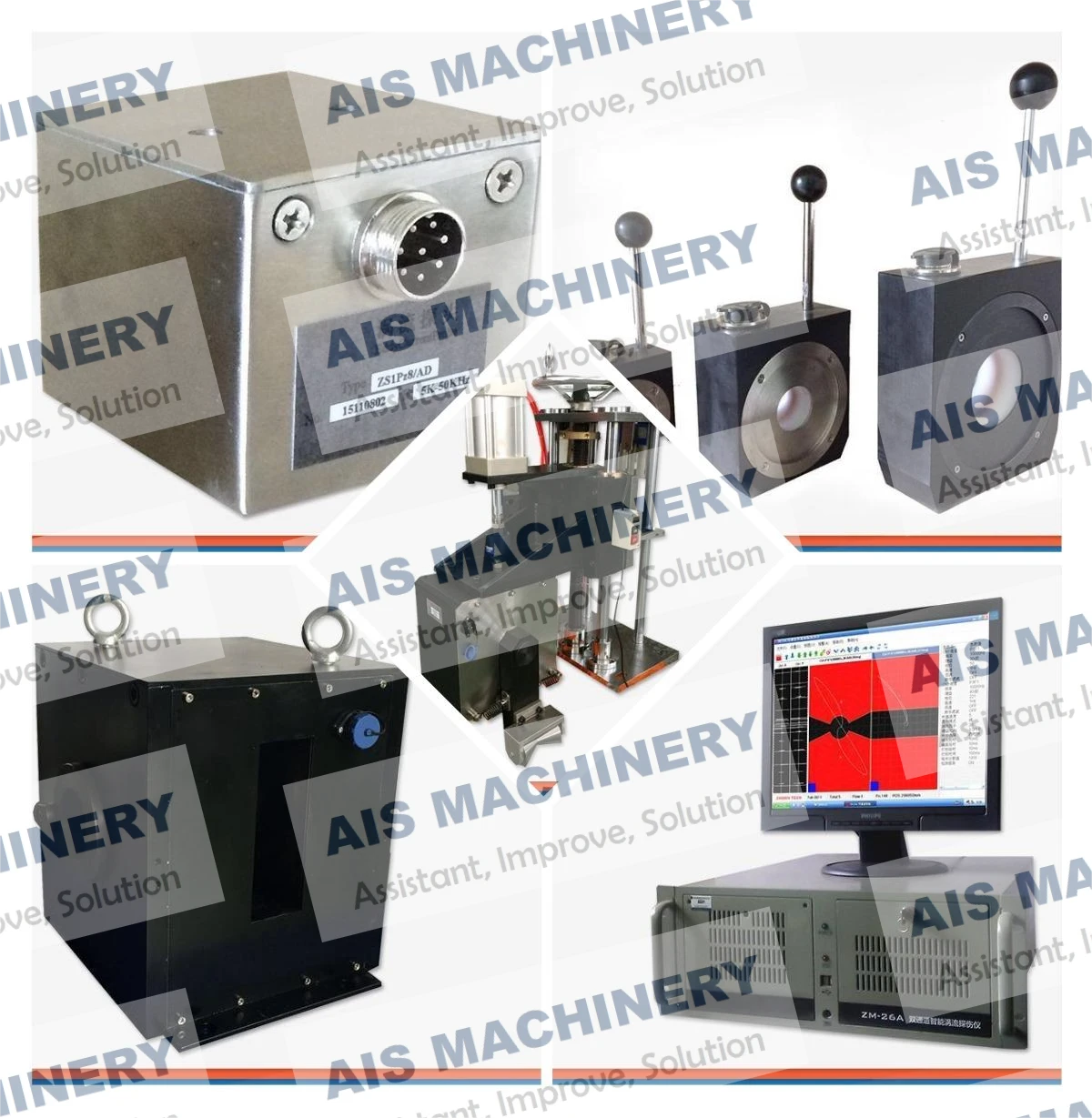
Customized Eddy Current Solutions and Client Success Stories
Recognizing that off-the-shelf solutions may not always fully address unique industrial challenges, we specialize in providing customized eddy current testing equipment and solutions tailored to specific client needs. This bespoke approach often involves designing custom probes for complex geometries, integrating eddy current instruments into existing automated production lines, or developing specialized software for unique material characterization requirements. Our expertise in eddy current technology (ECT) allows us to work closely with clients from initial consultation and feasibility studies through to system design, implementation, and post-installation support. For example, a major automotive manufacturer required an eddy current tester capable of performing rapid, automated inspection of critical engine valve components for micro-cracks during high-volume production. We developed a multi-frequency, multi-coil array probe system integrated with their robotic handling system, achieving an inspection speed of over 1000 parts per hour with 100% defect detection accuracy for flaws as small as 0.08mm. This significantly reduced their quality control bottleneck and improved product reliability, showcasing our problem-solving capabilities.
Another compelling success story involves a leading pipeline operator facing challenges in detecting stress corrosion cracking (SCC) in their buried pipelines without excavation. We designed a specialized long-range eddy current flaw detector system, utilizing low-frequency eddy current instruments to penetrate deep into the pipe walls and detect SCC indications from an internal inspection tool. This innovative solution enabled them to conduct non-invasive inspections over long distances, accurately pinpointing areas requiring maintenance and avoiding costly and environmentally disruptive excavations. This project not only demonstrated our technical prowess but also highlighted the significant return on investment (ROI) our customized eddy current inspection solutions can deliver. Our commitment to client success is underpinned by rigorous project management, adherence to relevant industry standards such as API and ASME, and a dedicated team of NDT experts. We ensure that every customized `eddy current machine` is thoroughly tested and validated against real-world samples, guaranteeing performance and trustworthiness in even the most demanding applications, bolstering our reputation as a highly authoritative provider in the field.
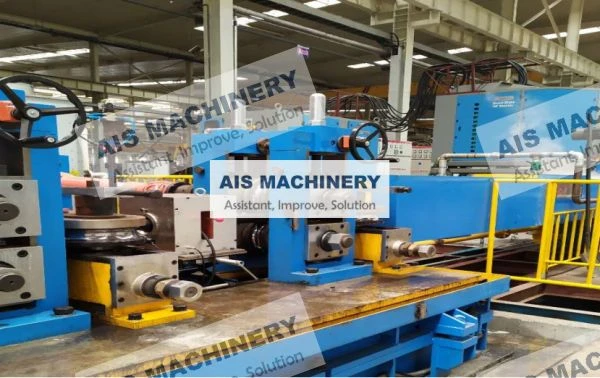
Frequently Asked Questions (FAQ) about Eddy Current Testers
Q1: What types of defects can an eddy current tester detect?
A1: An eddy current tester is primarily used to detect surface and near-surface flaws in electrically conductive materials. This includes cracks, pits, corrosion, seams, laps, inclusions, and variations in material properties such as hardness, heat treatment condition, and material thickness. It excels at finding very fine cracks that might be missed by other NDT methods. However, it cannot inspect non-conductive materials or detect flaws deep within the material’s bulk, making it crucial to select the appropriate eddy current testing equipment based on the inspection target and desired depth. Our eddy current instruments are designed with adjustable frequencies to optimize detection capabilities for various defect types and depths, ensuring comprehensive coverage for surface and near-surface integrity assessments in a multitude of industrial applications.
Q2: What are the advantages of using eddy current technology (ECT) over other NDT methods?
A2: Eddy current technology (ECT) offers several distinct advantages. It is a non-contact method, meaning no couplant is required, simplifying inspection. It can detect very small defects on or near the surface, even through coatings or non-conductive layers without removal. The inspection is rapid, making it ideal for high-speed inline production testing. Modern eddy current flaw detector systems provide immediate results and can be easily automated. Compared to liquid penetrant inspection, it's cleaner and requires no post-cleaning. Unlike ultrasonic testing, it doesn't require a couplant and can be less sensitive to surface roughness, though it has limited depth penetration. These benefits contribute to higher efficiency, reduced operational costs, and enhanced safety, making it a highly effective eddy current inspection solution in diverse industrial settings.
Q3: Can an `eddy current machine` be integrated into an automated production line?
A3: Absolutely. Our `eddy current machine` and other eddy current instruments are designed with robust digital interfaces (e.g., Ethernet, USB, digital I/O) specifically for seamless integration into automated production lines. They can communicate with PLCs (Programmable Logic Controllers), robotic handling systems, and data acquisition systems. This enables automated part loading, precise probe positioning, rapid inspection, and automated sorting of tested components based on defect criteria. Automated eddy current testing equipment significantly increases inspection throughput, reduces labor costs, and improves the consistency and reliability of quality control processes, making it an invaluable asset for modern manufacturing facilities aiming for Industry 4.0 standards. This level of automation ensures continuous quality assurance without human intervention for large-scale operations.
Q4: What kind of training is required to operate an eddy current tester?
A4: Operating an eddy current tester effectively requires specialized training, typically to Level I or Level II certification according to international standards such as ISO 9712 or ASNT SNT-TC-1A. This training covers the fundamental principles of eddy current technology (ECT), equipment operation, probe selection, signal interpretation, calibration procedures, and applicable inspection codes and standards. While our eddy current flaw detector systems are designed with user-friendly interfaces, proper training ensures accurate and reliable results, maximizing the utility of the eddy current testing equipment. We also offer comprehensive training programs and technical support to our clients, ensuring their personnel are fully proficient in operating and maintaining our `eddy current machine` for optimal performance and safety.
Ensuring Trustworthiness: Delivery, Warranty, and Support for Your Eddy Current Tester
At the core of our operations is a commitment to trustworthiness and client satisfaction, extending beyond the initial purchase of an eddy current tester. Our standard delivery cycle for a comprehensive `eddy current machine` system typically ranges from 8 to 12 weeks, depending on customization requirements and current production schedules. This timeline ensures meticulous assembly, rigorous testing, and quality assurance for every eddy current testing equipment unit. For highly customized eddy current instruments or integrated solutions, a project-specific timeline will be provided during the proposal phase, ensuring complete transparency. We pride ourselves on meeting committed delivery dates, facilitated by robust supply chain management and efficient manufacturing processes, minimizing any potential disruption to our clients' operations. Each eddy current flaw detector is carefully packaged to prevent damage during transit, with options for expedited shipping and specialized logistics for international clients, ensuring your investment arrives safely and on time.
Our confidence in the quality and durability of our eddy current technology (ECT) solutions is reflected in our comprehensive warranty policy. All our `eddy current machine` systems come with a standard 2-year warranty covering manufacturing defects and component failures. Extended warranty options are also available for enhanced peace of mind. Beyond the warranty period, we offer long-term service agreements and maintenance contracts to ensure the continued optimal performance of your eddy current tester. Our dedicated customer support team provides prompt technical assistance, remote diagnostics, and on-site service when required, ensuring minimal downtime. We maintain a readily available stock of critical spare parts for all our eddy current inspection equipment, guaranteeing quick replacements and repairs. This holistic approach to post-sales support, combined with our commitment to ISO 9001 quality management, reinforces our authoritative position and builds enduring trust with our global clientele, demonstrating our dedication to the longevity and reliability of your investment in advanced NDT solutions.
Conclusion and Authoritative References
The eddy current tester has solidified its position as an indispensable tool in modern industrial quality assurance, offering unparalleled precision, speed, and versatility for the inspection of conductive materials. From the meticulous manufacturing process of the `eddy current machine` to its advanced technical parameters and diverse application across critical sectors like aerospace, automotive, and oil & gas, its value in ensuring product integrity and operational safety cannot be overstated. The ongoing advancements in eddy current technology (ECT), driven by automation, AI integration, and miniaturization, promise even greater capabilities and efficiency in the future. As industries continue to demand higher levels of reliability and compliance with stringent standards, the role of a robust and trustworthy eddy current flaw detector will only grow. Our commitment to delivering high-quality, customized eddy current testing equipment backed by comprehensive support and a proven track record of client success reinforces our authoritative standing as a leader in NDT solutions, ensuring that our clients are equipped with the best eddy current instruments to meet their most demanding challenges.
References
- Krautkrämer, J., & Krautkrämer, H. (1990). Ultrasonic Testing of Materials. Springer-Verlag. (While focused on UT, it provides foundational NDT principles and comparisons with other methods including eddy current).
- ASM International. (2007). Nondestructive Evaluation and Quality Control, Volume 17 (ASM Handbook). ASM International. (A comprehensive reference for all NDT methods, including in-depth sections on eddy current testing principles and applications).
- McMaster, R. C., McIntire, P., & Mester, J. (1993). Nondestructive Testing Handbook, Vol. 4: Eddy Current Testing. American Society for Nondestructive Testing (ASNT). (A classic and authoritative reference specifically dedicated to eddy current testing).
- Birnbaum, G., & Free, G. (1981). Eddy Current Characterization of Materials and Structures. American Society for Testing and Materials (ASTM). (Focuses on the material characterization aspect of eddy current testing).
 Pervious
Pervious
This is the first article
Related Products
Related News
Send a Message
Dear customer, thank you for your attention! We provide high-quality machinery and equipment and look forward to your orders. Please inform us of your needs and we will respond quickly!

